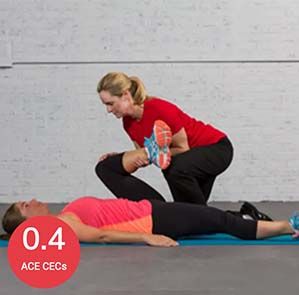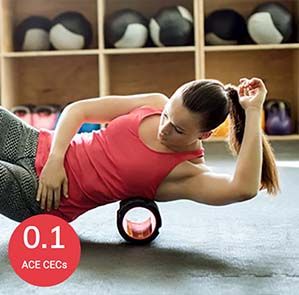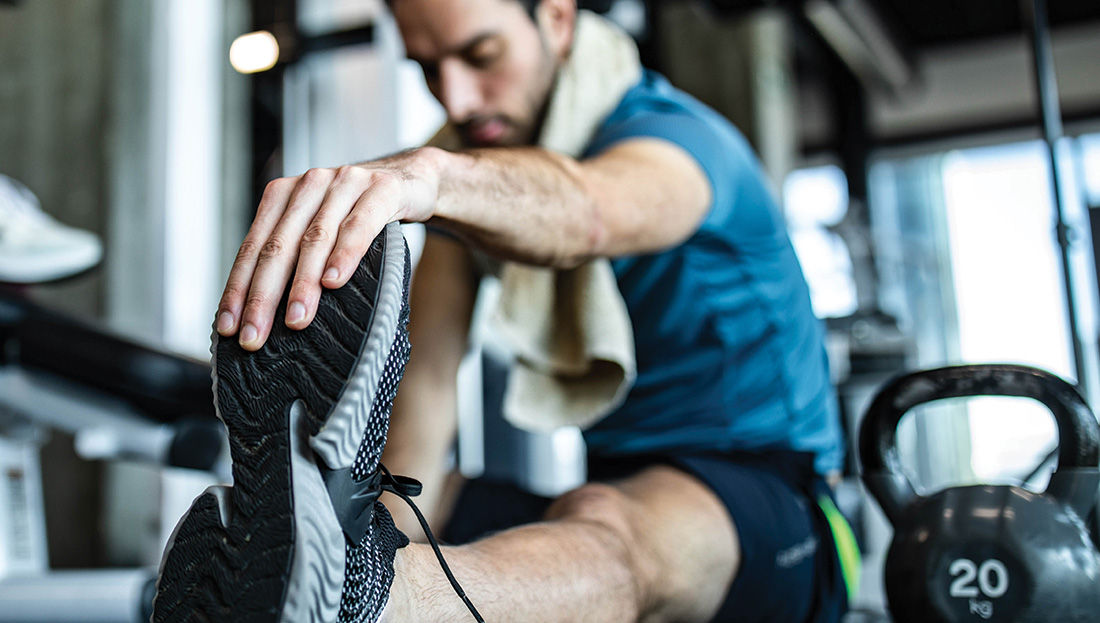
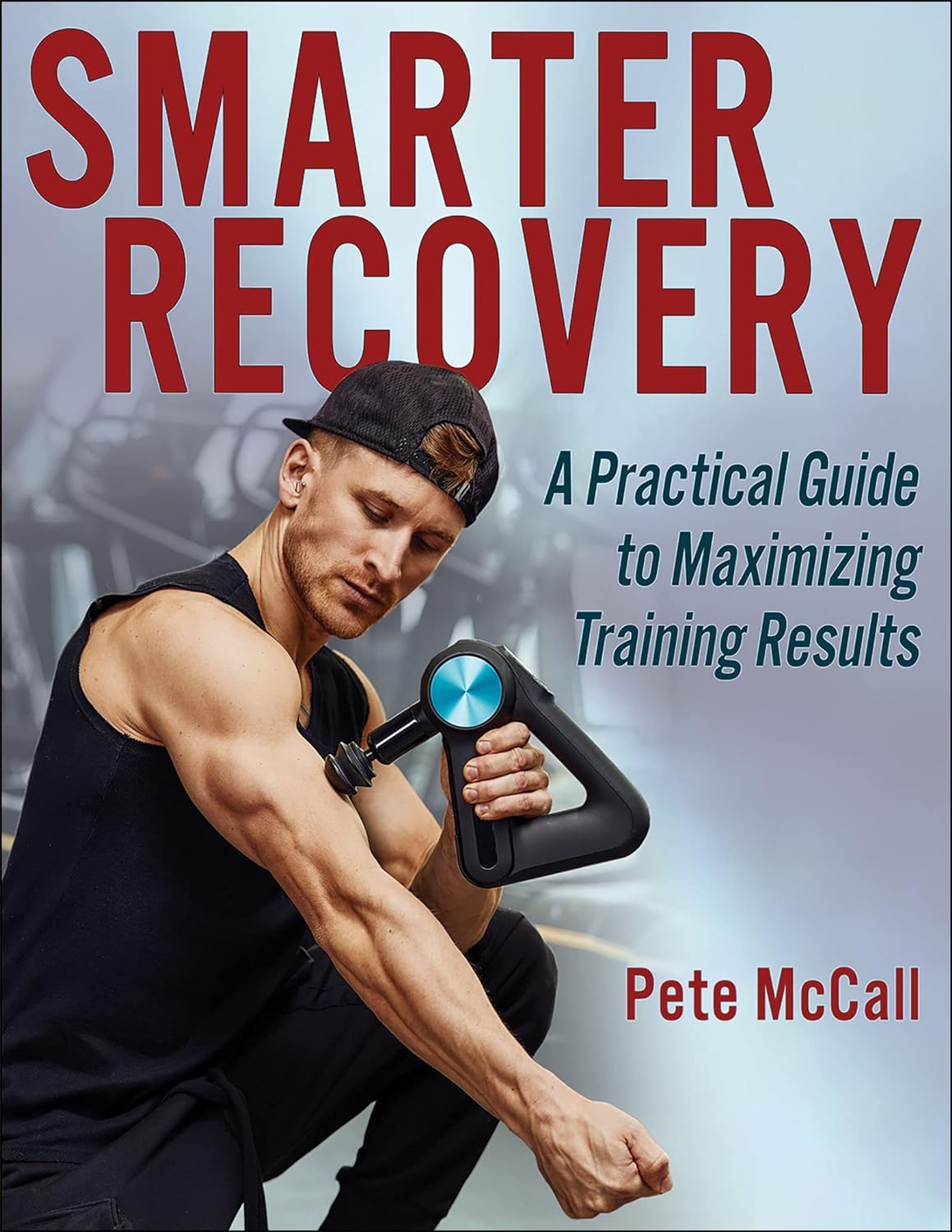
Looking for a book on recovery that you can recommend to your clients that offers practical, evidence-based advice on how to maximize recovery between workouts? Written by long-time ACE contributor and fitness educator Pete McCall,
Smarter Recovery (Human Kinetics, 2024) offers guidance on recovery that can help everyone from fitness professionals to beginning clients identify the most effective methods of recovery for their needs. In this excerpt, McCall explains the four components of recovery and covers specific recovery strategies for different types of workouts. Plus, exclusively for ACE Certified Professionals, we are including a table that covers specific methods for promoting recovery and how each one works. You can access this table using the button at the top of this page and download and print it for your own reference or to hand out to your clients.
Looking for a book on recovery that you can recommend to your clients that offers practical, evidence-based advice on how to maximize recovery between workouts? Written by long-time ACE contributor and fitness educator Pete McCall, Smarter Recovery (Human Kinetics, 2024) offers guidance on recovery that can help everyone from fitness professionals to beginning clients identify the most effective methods of recovery for their needs. In this excerpt, McCall explains the four components of recovery and covers specific recovery strategies for different types of workouts. Plus, exclusively for ACE Certified Professionals, we are including a table that covers specific methods for promoting recovery and how each one works. You can access this table using the button at the top of this page and download and print it for your own reference or to hand out to your clients.
Workouts That Require Specific Recovery
Exercise to improve health or change the body’s appearance requires a different kind of program than exercise to enhance athletic performance. However, high-intensity exercise is a component of each. High-intensity exercise can provide many benefits, but as the previous chapters have explained, too much high-intensity exercise combined with a lack of focus on the postworkout recovery phase could result in an accumulation of stress that will keep you from getting the results you want. With exercise, your body can become capable of remarkable feats; however, it is designed to operate most efficiently at homeostasis. Chronic disruption of homeostasis from excessive amounts of high-intensity exercise can contribute to OTS and a loss of physical performance.
Low- to moderate-intensity exercise that increases your breathing rate without making you out of breath requires no specific recovery strategy other than proper nutrition and a good night’s sleep. However, high-intensity workouts done to lose weight, stimulate muscle growth, or prepare for athletic competition can disrupt homeostasis to the point where a specific strategy could help facilitate the return to a resting state.
Every individual responds to exercise in a different way, but in general, only exercise at the highest levels of intensity requires a specific approach to recovery. Using the 1-to-10 rating of perceived exertion (RPE) scale introduced in chapter 2, where 10 is the highest intensity possible, any workout that can be classified as 7 or higher requires a specific postexercise recovery strategy. Any workout classified as 6 or below could be considered moderate intensity or lower and would not require anything more specific than a healthy meal and a good night’s sleep. Table 4.1 explains the strategy to use for different levels of workout intensity.
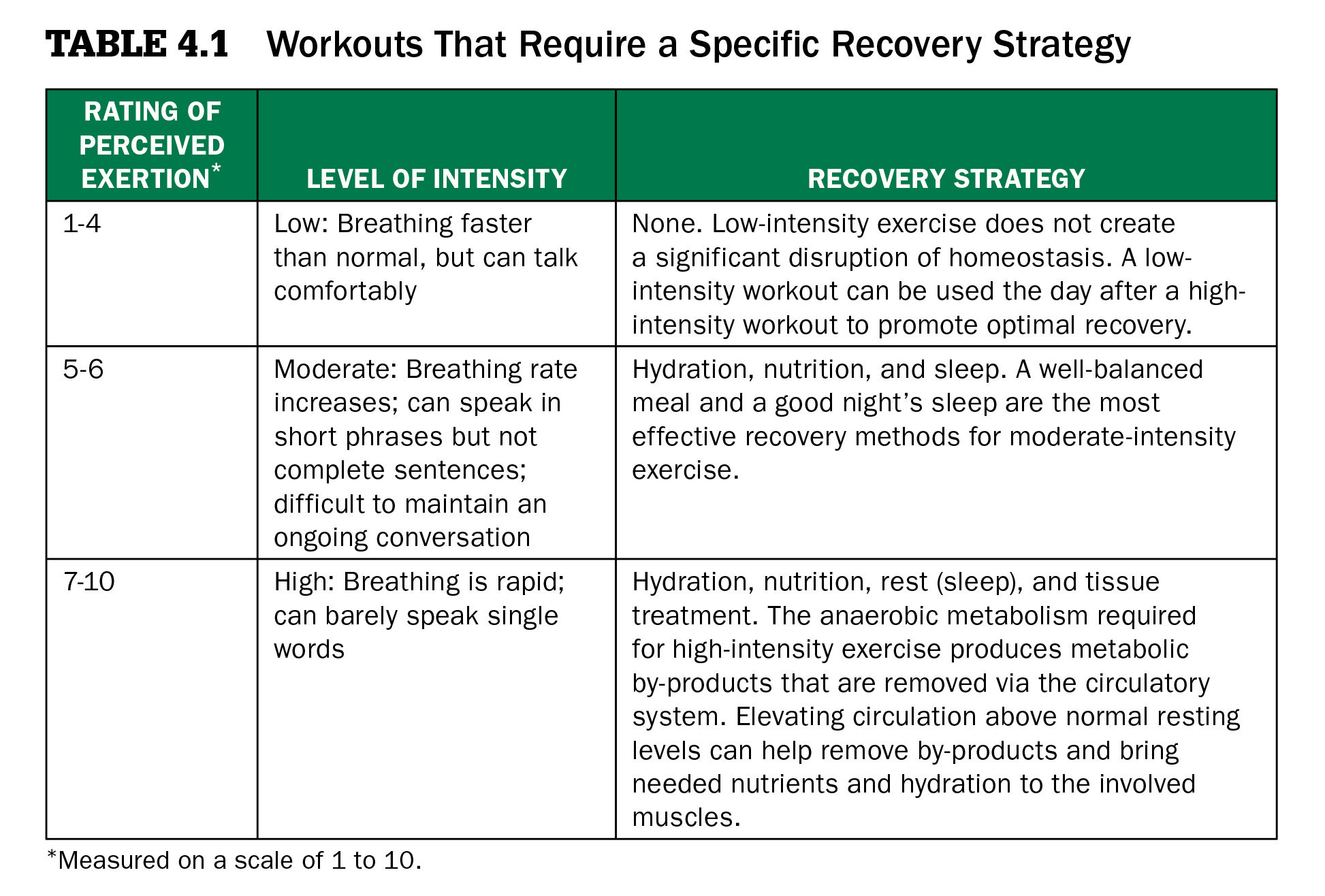
Plan Your Workout
Overtraining syndrome changes your body’s ability to exercise, which in turn significantly affects the ability to perform at an intensity required for a specific event or competition or otherwise achieve your fitness goals. Because exercise is the primary stressor that causes OTS, changing the intensity and volume of exercise or stopping altogether is the most effective means of promoting a complete return to full homeostasis. The good news is that properly planning and designing your exercise program, combined with specific recovery strategies immediately and the day after a high-intensity workout, could significantly minimize the risk of OTS so you can maintain a high level of performance. As Bishop, Jones, and Woods (2008) note, “Recovery of muscle function is chiefly a matter of reversing the major cause of fatigue or damage” (1020).
Exercise depletes energy and damages muscle tissue; too much exercise without an appropriate approach to postexercise recovery could result in OTS. It may be more appropriate to think of OTS as an indication of being underrecovered. Athletes and fitness enthusiasts have traditionally pushed themselves to exercise harder to reach their goals, and maybe you have fallen into this trap. If enhancing athletic performance is your ultimate exercise goal, it might not be that additional set of exercises or extra training session that will help you earn your spot on the podium or crush that goal that’s been eluding you. Maybe the missing ingredient is planning for more rest and less exercise so you can start your event completely rested with a full tank of gas.
Recovery Strategies
Postexercise recovery can be considered a component of self-care. Knowing the benefits of various recovery strategies and how to apply them could help reduce the cumulative effects of stress, both related and not related to exercise. In other words, when life gets hard and you’re feeling stressed and overwhelmed, treating yourself to one of these methods isn’t just good for your fitness, it’s a benefit to your overall physical and mental health.
If exercise is a priority in your life, you have no doubt noticed a significant uptick in the various products and methods for promoting recovery. You could spend thousands of dollars on temperature-controlled mattresses and in-home massage therapy, but the most effective means of recovery—sleep and proper nutrition—often require no investment other than time. With regard to nutrition, there are many different approaches; the nutrition information provided in this book relates specifically to promoting recovery from exercise and will follow accepted guidelines from the U.S. Department of Agriculture. Proper nutrition is essential for proper recovery. If you follow a specific approach to nutrition, you may want to consult a registered dietitian-nutritionist (RDN) who could help you identify the most appropriate meal plan for your needs. Find one near you at www.eatright.org, the website for the Academy of Nutrition and Dietetics, the governing body for the RDN credential.
The Four Components of Recovery
Numerous methods and techniques can help promote postexercise recovery. The essential components of any recovery strategy are hydration to replace exercise-related water loss, nutrition to replace energy and promote tissue repair, rest to allow time for your physiology to completely return to homeostasis, and tissue treatment to help reduce overall tightness while enhancing circulation to remove the by-products from anaerobic metabolism. Table 4.2 describes the function of each of these strategies.
From these four general categories of recovery strategies, there are a range of methods you can use to help promote postexercise recovery (table 4.3). How these methods work and exactly when you should use them for optimal results will be addressed in the following chapters.

Excerpted from Smarter Recovery. Published by Human Kinetics. Copyright 2024. https://us.humankinetics.com/
Expand Your Knowledge
Sleep, Stress Management and Recovery
This first-of-its-kind program equips you with the comprehensive science and advanced coaching methods you need to help everyone—from everyday people who are stressed-out and struggling to see results, to elite athletes and top performers who are seeking that extra edge—achieve restorative sleep, manage daily stressors and learn how to recover in ways they never knew existed.
Biomechanics of Assisted Stretching
Flexibility is an important component of a health and fitness program and can aid in muscle recovery and pain management, yet it is often overlooked by clients. In this course, you will learn to facilitate a stretching program for your clients by assisting them properly. Explore the three principles of force application that help you determine where to place your hands, what direction to push, and how much force to use when helping clients stretch. Stretch your clients safely and effectively using techniques for specific areas of the body.
The 3 R’s of Exercise Recovery: Refuel, Roll, Remodel
To create the super-compensation you and your clients are looking for, it’s critical that the recovery efforts match the training effort. In this ACE LiveClass, you’ll learn the ideal recommendations for refueling after exercise, fascial rolling and release techniques, as well as remodeling strategies for movement patterns.

 by
by 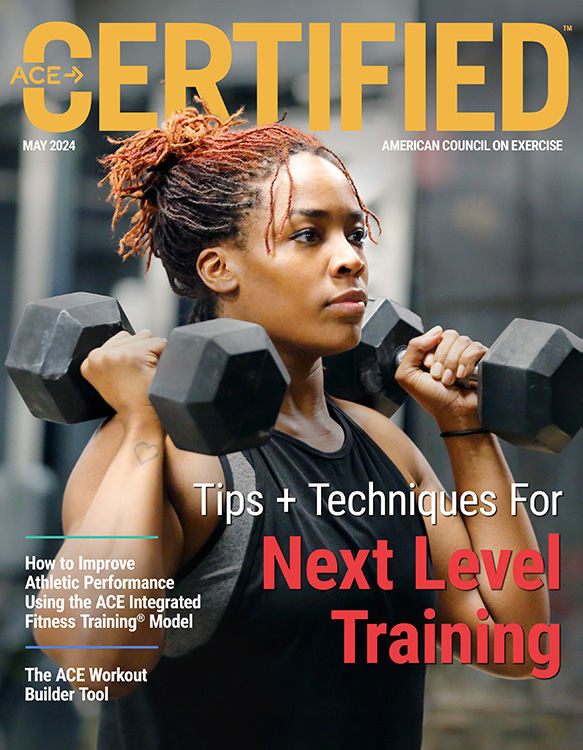

 Looking for a book on recovery that you can recommend to your clients that offers practical, evidence-based advice on how to maximize recovery between workouts? Written by long-time ACE contributor and fitness educator Pete McCall, Smarter Recovery (Human Kinetics, 2024) offers guidance on recovery that can help everyone from fitness professionals to beginning clients identify the most effective methods of recovery for their needs. In this excerpt, McCall explains the four components of recovery and covers specific recovery strategies for different types of workouts. Plus, exclusively for ACE Certified Professionals, we are including a table that covers specific methods for promoting recovery and how each one works. You can access this table using the button at the top of this page and download and print it for your own reference or to hand out to your clients.
Looking for a book on recovery that you can recommend to your clients that offers practical, evidence-based advice on how to maximize recovery between workouts? Written by long-time ACE contributor and fitness educator Pete McCall, Smarter Recovery (Human Kinetics, 2024) offers guidance on recovery that can help everyone from fitness professionals to beginning clients identify the most effective methods of recovery for their needs. In this excerpt, McCall explains the four components of recovery and covers specific recovery strategies for different types of workouts. Plus, exclusively for ACE Certified Professionals, we are including a table that covers specific methods for promoting recovery and how each one works. You can access this table using the button at the top of this page and download and print it for your own reference or to hand out to your clients.


